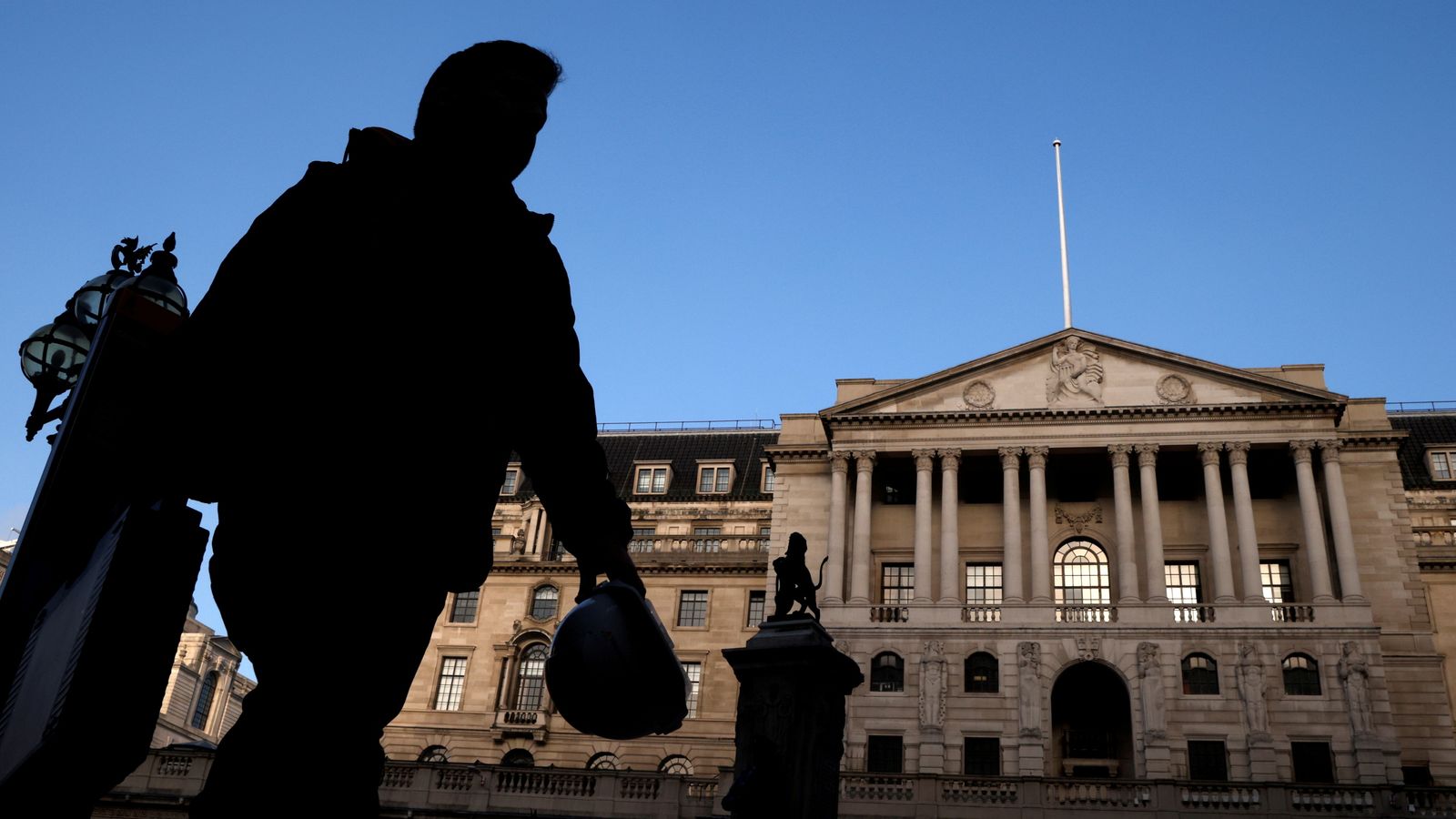It is quite possible – indeed quite likely, as far as most economists are concerned – that inflation drops back again next year.
So it is with some degree of caution that one would throw around terms like “perfect storm” to describe what’s happening to prices around the UK.
Yet there is no getting away from it: the UK is facing a perfect storm as a whole range of different factors push up the prices of the goods and many of the services we buy.
That’s what helps explain why the consumer price index (CPI) of inflation has jumped so quickly in recent months, up from an annual rate of 0.7% in February to 2.1% in May – above the Bank of England’s 2% target and significantly higher than most economists expected.
Indeed, while the Bank itself had expected an increase in prices, this is coming far faster and coming in far higher than its forecasts had implied. Why? Let’s run through the factors:
The first and most obvious is that the economy is opening up again.
That’s now being seen in an increase in prices in restaurants around the country.
The inflation rate among catering services is now running at 1.4%, which isn’t historically high, but then bear in mind it was dropping for much of the past year.
Costs of haircuts and personal grooming services are up by a whopping 7.9% – the highest rate since 1992.
The second factor is that with everyone cooped up in their homes a lot more than expected in the past year, people are spending far more than usual on renovating and improving their homes. That, in turn, is pushing up the prices of many of the items you’d need in a renovation.
Look through the producer price index, a measure of the costs faced by companies which was also updated today to reflect May, and you see some stark numbers. Timber and wood prices up by 8.5%, cement up 6.4%, metals prices such as steel and copper up 19.8%, comfortably the biggest annual increase since comparable records began in 2008.
The point here is not that these prices don’t sometimes lurch around – they do. The point is that so many of them are rising at the same time.
Again, it’s down to a perfect storm of factors: partly the fact that many people are doing up their homes at the same time, partly the fact that some parts of the construction business – especially cement production – are struggling to keep up with that demand, and building new capacity isn’t especially easy.
It’s partly because many of the goods we rely on in construction come from overseas, and given many other countries, most notably the US, are also doing a lot of construction work now, that’s pushing up the global price of things like timber and steel. Add to that the fact that last year’s timber harvest wasn’t quite as big as expected and you see where this is going.
The third factor is Brexit, which does now seem to be pushing up prices of certain goods. For instance, the travails of the shellfish industry since the Brexit transition period ended are well-established, and the latest data shows that the cost of fish and crustaceans paid by caterers is up by 13% in the past year – the highest annual increase since records began.
On top of these items, there are other things happening beneath the surface to push up prices. Petrol prices have risen sharply – or rather sharply in comparison with their low levels a year ago – which in turn has pushed up transport costs. Indeed, transport was the single biggest contributor to CPI inflation in May.
Finally, the fact that the pound has appreciated in recent months against other currencies around the world is pushing, and is likely to continue to push, prices of goods we import even higher.
Put it all together and it’s hard not to escape that perfect storm analogy. Lots of factors happening at once, each of them pushing up the cost of living. Leading to a question: will this storm abate? That is the assumption most economists have: that prices will diminish in the coming months. Indeed, look at lumber prices in the US and metals prices globally and they already look like they may have peaked.
In other words, it’s quite possible that all these factors pushing up prices in the past year might reverse and go in the other direction come next year. You could make a similar case about many of the factors above.
The real question is whether something else happens in the meantime. Do consumers get so used to rising prices that they, in turn, start demanding higher wages, which in turn pushes up earnings across the economy? That might sound benign, but if that pattern repeats on itself you end up with an inflationary spiral, with prices going even higher.
It has happened before and it’s quite possible it happens again. But it’s just as plausible the factors contributing to this perfect storm abate and leave the economic horizon looking far calmer and less stormy next year.
One thing is for certain, for the Bank of England, which sets interest rates to control inflation, the coming months will be very nervy indeed.






















